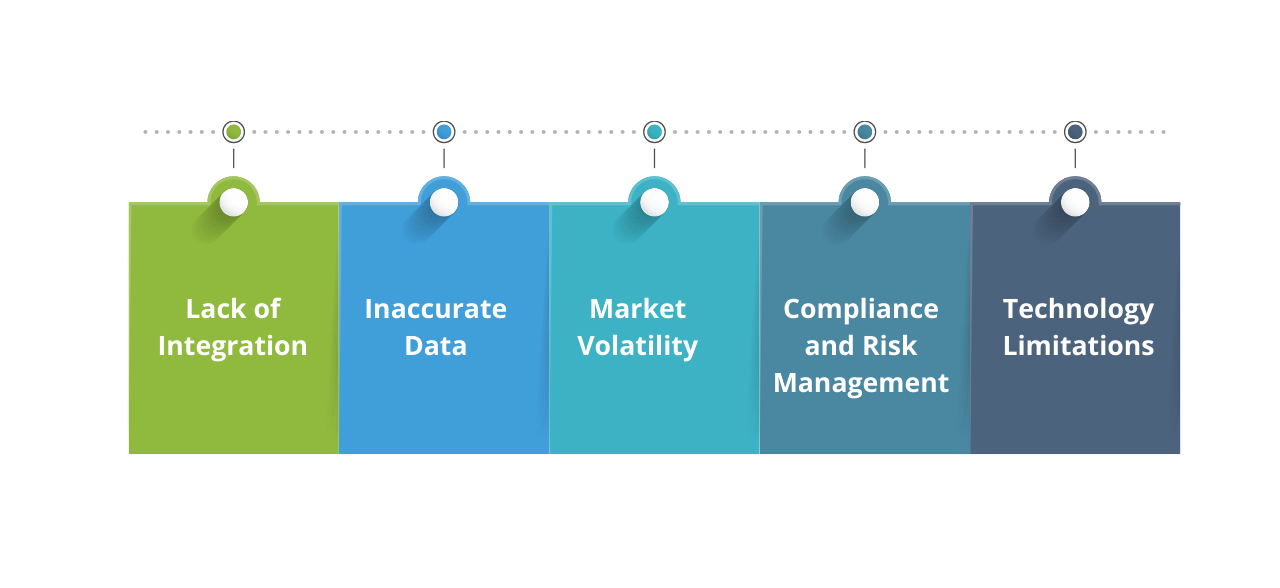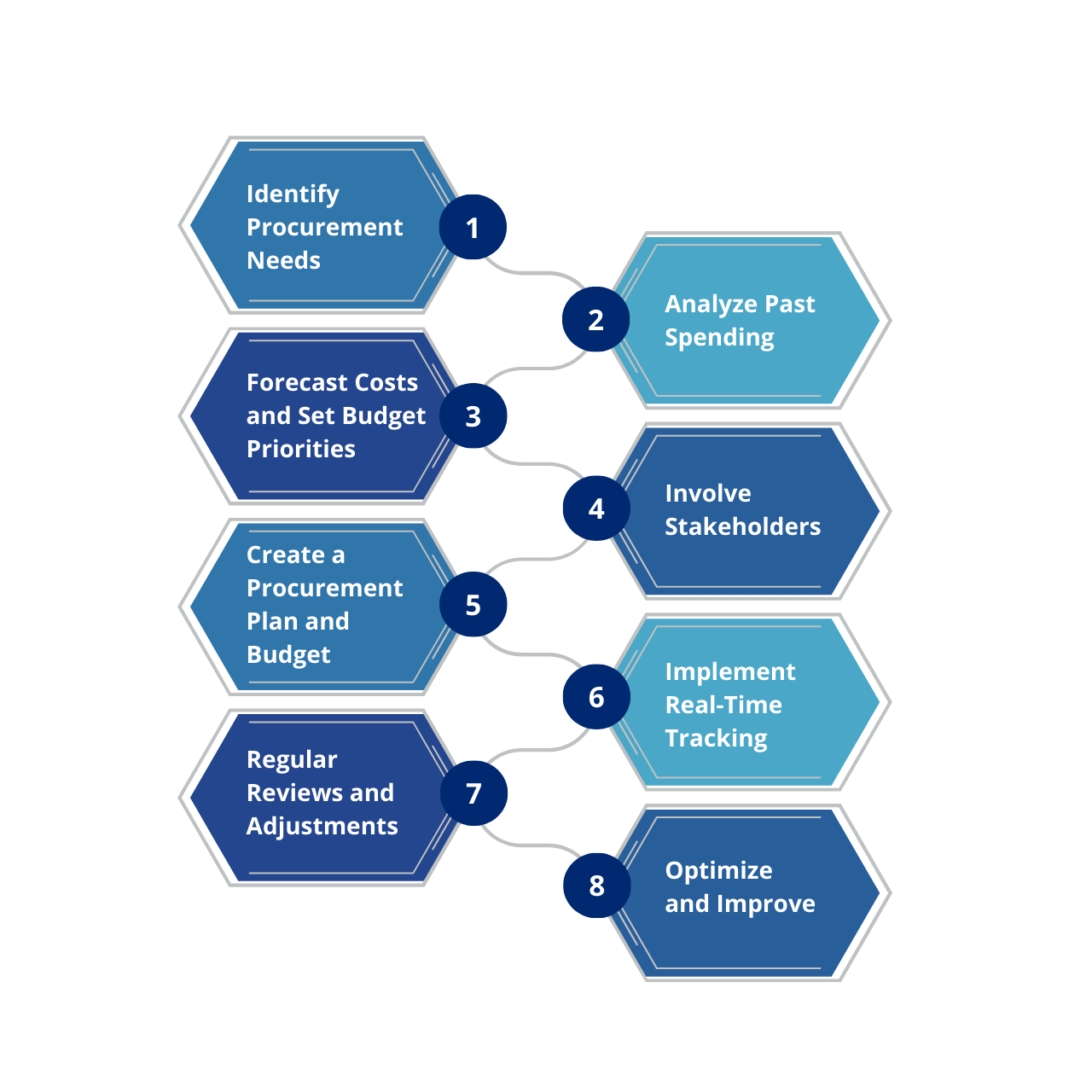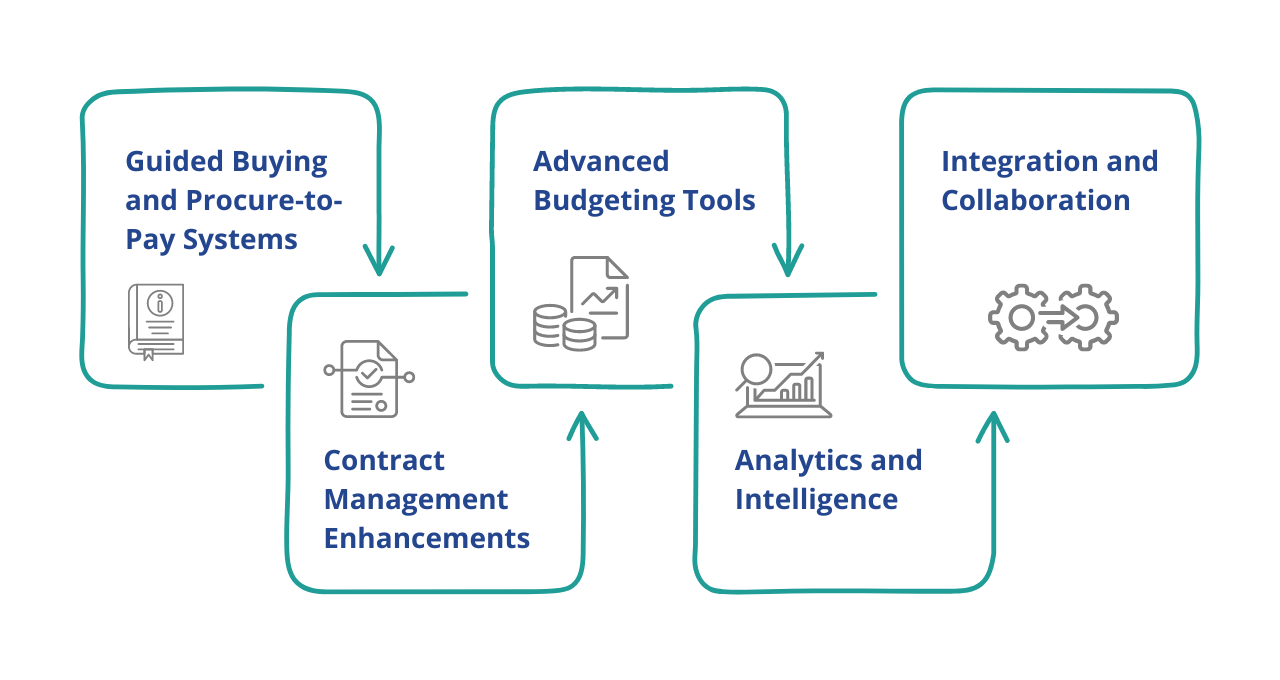At the end of the financial quarter, your company is reviewing its spending.
Despite a carefully set budget, the funds for project materials overshot by 20%! It’s frustrating, but where did the planning falter? Have you experienced something similar?
You are not alone, many enterprises these days are finding themselves grappling with similar budgetary overruns, which often point to one place: the procurement budgeting process.
Procurement budgeting stands as a significant consideration in the financial discipline within a company, dictating how money is spent and saved. It’s not just about cutting costs but strategically utilizing every penny for maximum benefit. By refining this process, companies can preemptively address financial leaks and align their spending with broader corporate goals.
Read more: Benefits and Challenges You Didn’t Know about Spend Management
Thus, mastering the procurement budgeting process isn’t just about keeping the books balanced- it’s about transforming procurement into a strategic asset. This can pivot your company to a position of competitive advantage. Here is your guide on how businesses can leverage this process to stay on track financially and strategically.
Spend Smarter, Not Harder: Demystifying Procurement Budgeting Process
Procurement budgeting is a critical component of financial management. Understand the complexities of procurement budgeting to enhance your business’s spending efficiency and unlock the full potential of your financial strategy.
What is Procurement Budgeting?
Procurement budgeting refers to the strategic planning, allocation, and control of financial resources to procure goods and services essential for organizational operations.
This process of budgeting ensures that spending aligns with company goals and financial capabilities, facilitating cost control and maximizing operational efficiency. By setting limits and prioritizing spending, a procurement budget helps organizations forecast future needs, manage supplier relationships, and prepare for market fluctuations.
Read more: Unveiling the Power of Procurement Budget Management: A Comprehensive Guide
Outsmart Common Procurement Budgeting Pitfalls
1. Lack of Integration
Often, procurement is not fully integrated with other departments like finance, which can lead to misalignment of objectives and inefficiencies.
2. Inaccurate Data
Flawed or outdated data can lead to poor forecasting and budget planning, affecting the overall procurement strategy.
3. Market Volatility
Changes in market conditions can impact pricing and availability of necessary supplies, making it challenging to stay within budget constraints.
4. Compliance and Risk Management
Adhering to regulations and managing risks associated with procurement activities and supplier relations are challenging aspects, so they need thorough attention.
Read more: Top 10 Supplier Risk Management Best Practices For Procurement Professionals
5. Technology Limitations
Inadequate procurement tools and technologies can hamper effective budget management and real-time data analysis, leading to potential overspending.
Crack the Procurement Budget Code: Winning Budgeting Process Steps
Businesses can ensure that their procurement budgeting is not just a fiscal exercise, but a strategic tool that supports sustainable growth and operational excellence.
Following are the winning procurement budget process steps that businesses need to decode and master, which can pave the way for transformative business growth.
1. Identify Procurement Needs
Begin by assessing the current and future needs of your organization. This involves a comprehensive review of what goods or services are essential, the timing for their procurement, and the importance of each in achieving business objectives.
2. Analyze Past Spending
Analyze historical expenditure data to understand past spending trends. This analysis will help in making informed forecasts and setting realistic budget priorities based on actual consumption and procurement efficiency.
3. Forecast Costs and Set Budget Priorities
With an understanding of past spend and anticipated needs, estimate the costs for each item or service. Prioritize these expenditures based on their strategic value and impact on business operations.
4. Involve Stakeholders
Engage various stakeholders, including department heads and finance teams, to align the procurement strategy with broader business goals. Their input can provide insights into potential savings and help refine the process of budgeting.
5. Create a Procurement Plan and Budget
Develop a detailed procurement plan that outlines the expected expenditure and the timeline for each purchase. The budget should be aligned with the financial capabilities and strategic direction of the company.
6. Implement Real-Time Tracking
Use procurement software or systems that allow for real-time budget tracking. This technology enables immediate visibility into expenditures and comparisons against the allocated budget.
7. Regular Reviews and Adjustments
Schedule regular budget reviews to assess performance against the budget. Adjust the procurement plan and budget allocations as necessary to respond to new information or changes in business conditions.
8. Optimize and Improve
Use the insights gained from the monitoring process to continuously improve procurement practices. This may involve renegotiating contracts, seeking alternative suppliers, or adopting new procurement technologies to enhance efficiency and cost-effectiveness.
Watch video: Sustainable Procurement Practices: People, Planet, Profits
Tech Innovations Powering the Procurement Budgeting Process
Tech advancements are simplifying the procurement budgeting process and empowering businesses to make more informed decisions. For smarter spending, and to achieve better control over their budgets businesses are leveraging technology.
Below are some of the ways to enhance the procurement budgeting process with modern technology:
1. Guided Buying and Procure-to-Pay Systems
Modern Procure-to-Pay (P2P) software streamlines the procurement process from start to finish. For example, Zycus’ P2P system offers features such as ‘Guided Buying’ that simplifies the product and service selection process through auto-suggestions and e-forms. This speeds up the procurement cycle and helps in maintaining budget discipline.
2. Contract Management Enhancements
Enhanced visibility into contract terms at the point of requisition, a feature provided by tools like ‘Contract Lock‘ in Zycus’ software, ensures that purchases align with agreed terms and budgets. This reduces the risk of overspending and helps manage financial commitments more effectively.
3. Advanced Budgeting Tools
Software solutions now allow for a more nuanced management of various types of budgets such as operational expenses, capital expenses, and project-based budgets. These tools provide real-time budget tracking and integrate seamlessly with enterprise resource planning systems, enhancing both accuracy and compliance in financial reporting.
4. Analytics and Intelligence
Use of advanced analytics in procurement software enables more accurate forecasting and better spend management. Procurement teams can identify areas where costs can be controlled by analyzing past spending and comparing it with current budgets. It thereby results in the budget’s effectiveness.
5. Integration and Collaboration
Effective budgeting is also about integration and collaboration across departments. Procurement cannot operate in isolation from finance and other key departments. Systems that enhance information flow and allow for collaborative planning ensure that procurement strategies are aligned with overall business objectives. This makes the budgeting process more coherent and goal-oriented.
Conclusion
An efficient procurement budgeting process is vital for companies striving to streamline operations and harness financial control. A robust procurement budgeting system ensures organizations can predict and manage their spending effectively. It cuts down unnecessary expenses and optimizes resource allocation.
Adopting the advanced tools of Zycus can be a key to truly excelling in procurement budgeting. Its solutions deliver unparalleled visibility and control, making every procurement decision a strategic investment in your company’s future success.
Curious to see things in action? Book your free demo now and unlock the secret of smarter spending management with Zycus!
Related Reads:
- Guide to Procurement Budget Management
- How Spend Mapping Empowers Smarter Business Decisions
- Spend Analysis Vs. Spend Management- Demystifying The Difference
- 5 Ways AI is Revolutionizing Purchase Request Processing
- Procurement Cost Saving Initiatives That Will Deliver Value
- 7 Steps to Effective Spend Management
- White Paper: Smart Procurement for Sustainable Savings
- White Paper: 4 Ways to Boost Procurement ROI
- White Paper: Spend Data Classification: Making sense of Data







































